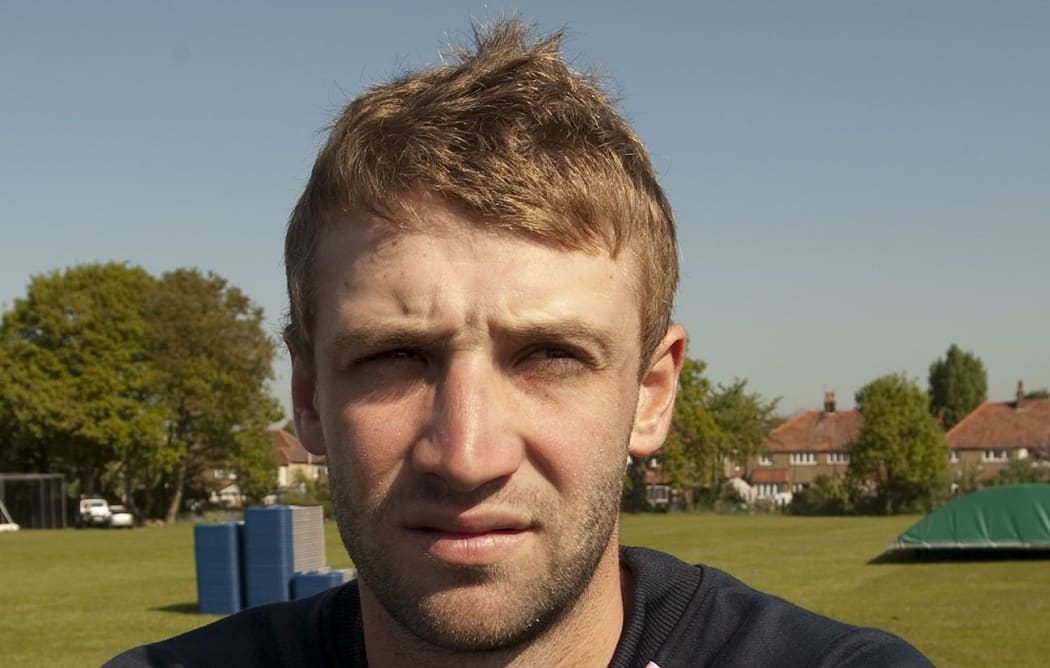Australian test cricketer Phillip Hughes's death after being struck in the neck by a ball was "inevitable" from the point of impact, an inquest has been told.
The inquest into Hughes' death began in Sydney today.

Phillip Hughes, with English County side Middlesex, 2009 Photo: PHOTOSPORT
Hughes died following the freak accident in a Sheffield Shield match at the Sydney Cricket Ground on 25 November 2014.
The 25-year-old was struck below the helmet, on the left upper side of his neck, when batting for South Australia.
He died two days after the injury to his neck, which caused a haemorrhage in his brain.
Cricket Australia released the findings and recommendations of an independent review into his death in May.
State coroner Michael Barnes will examine the manner and cause of death.
He also has jurisdiction to make recommendations, particularly in the interest of public health and safety.
Some of the issues of focus will include how the fatal injury occurred, the nature of play and whether it exacerbated the risk of injury and whether or not a protective helmet would have minimised the risk of death.
The coronial inquest will also examine the response time of emergency services and the way in which the media covered the tragedy.
Several cricketers - including David Warner and Doug Bollinger - as well as the team doctor are likely to be called to give evidence.
Haddin gives evidence
According to the Hughes' family lawyer, Greg Melick SC, the family had concerns that New South Wales player Doug Bollinger said to Phillip Hughes, "I'm going to kill you".
Fellow cricketer Brad Haddin, who was vice-captain at the time, spoke at the inquest and said he had no knowledge of this comment ever being said.
He also responded to concerns raised that a targeted strategy to bowl more short balls at the batsman had been in place, saying he did not instruct the team to do so.
"There was no discussion with the bowlers about how they needed to bowl.
"From a captain's point of view, I was just trying to cut the boundaries off."
Strategy discussion for the afternoon's play largely involved putting fielders out, Haddin said.
There was no ungentlemanly conduct and no talk of "sledging", or verbal intimidation, he said.
"The game was played in a good spirit. It was just a normal game of cricket," he said.
He described the moment Hughes was struck by the ball.
"He looked OK for about three seconds and then it was something I'd never ever experienced when he fell down," he said.
"There was a noise that he let out - the groan - and the way he fell straight down motionless."
Counsel-Assisting Kristina Stern SC asked Haddin about the emergency medical procedures in place at the time.
"Had you had any training as to a specific hand gesture you could use to signal an ambulance was required?" she asked.
"No," replied Haddin.
In the opening address delivered by Ms Stern, the inquest heard that team doctor John Orchard was performing mouth-to-mouth resuscitation on Hughes within five minutes of the accident.
It also heard it took more than 30 minutes for an ambulance to reach the batsman, and it was more than an hour before he arrived at hospital.
It is not clear when the coroner will hand down his findings, but it could be as early as the end of the week.
Hughes' sister and father left the courtroom before footage was played of the moment he was struck by the ball.
Neck guards improved since death
Ms Stern said there was no suggestion his helmet malfunctioned, and the area of his neck which was struck by the ball was not protected by the helmet.
"Since this incident, Missouri, the helmet manufacturer, has produced a product called a 'stem guard' which clips onto a cricket helmet and provides additional protection in a flexible form in the neck area," she said.
"This was developed in direct response to the incident involving Phillip Hughes to provide additional protection in the neck region.
"A number of cricketers who provided statements have indicated that they sometimes or always wear the stem guard."
Ms Stern added that Hughes' helmet complied with Australian standards but not with the 2013 British standard - but it did not appear it would have prevented his death if it did comply with British standards.
Before the inquest began, Hughes' former manager James Henderson spoke on behalf of the cricketer's family and asked the media to respect their privacy during the week-long hearing.
Cricket Australia's investigation found that wearing a more modern helmet and a neck guard would have been unlikely to prevent the cricketer's death.
- ABC

